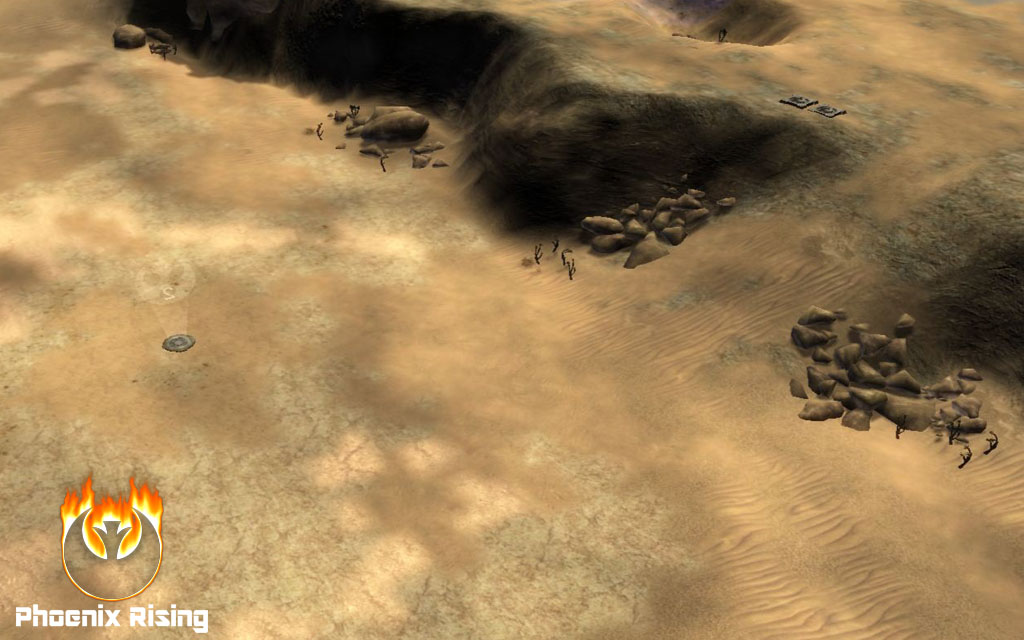

In the bunkers you will find in most cases very good loot such as weapons, ammunition, equipment, special clothing and much more. The bunkers are marked on the linked map with a yellow dot. The user SuspectLive has drawn the best loot spots on it and of course this includes the bunkers. On Reddit a thread with a loot map has recently appeared, which we can only recommend to any SCUM player. In the beginning you usually come across the bunkers rather randomly, so that the question arises more often, at which positions can bunkers be found in SCUM and is there a map with the exact locations? In the game there are some bunkers that offer quite good loot, at least in the current version.

As with any survival game, SCUM will sooner or later need weapons and other equipment to protect against or hunt down other players. If your pet begins to experience any of the these symptoms, please contact your local veterinarian immediately.Where can you find the bunkers in SCUM? Is there a map somewhere where the locations of the bunkers in SCUM are located? The survival game SCUM enjoys a great deal of popularity just a week after the release and offers a lot to survival fans. Symptoms in animals appear more quickly than in humans and may include vomiting, diarrhea, excess salivation, difficulty breathing, convulsions physical distress, and even death. Pets should be immediately rinsed off with soap and fresh water after they come into contact with water that may be blooming or have scums, even if it is not suspected to be toxic. When they groom themselves, pets can swallow toxins on their fur. Pets are more likely than humans to drink from an impacted lake. There have been no confirmed cases in Maine of pets dying, however harmful algal blooms (HABs) can be a serious threat to animals. If you suspect a bloom, keep your pets away. Breathing toxins in shower mist could cause health issues. And if you shower with lake water during a bloom, keep showers brief. Rinse thoroughly with soap and fresh water if you come in contact with a bloom. Algal scums along the shore have the highest concentrations of toxins. When in doubt, stay out! If the lake looks green or cloudy, smells bad, or has scum on the surface, or you can't see the bottom in 4-5 feet of water because it is so green, do not go in. You can check this map to see if your lake blooms regularly. It is difficult to tell if a lake is safe at any given moment because conditions can change quickly. DEP's helpful tips for shorefront property owners.Maine Lakes Society is a volunteer organization with information on many lake protection resources.There you can look up water quality information on specific lakes. A helpful site to visit is Lakes of Maine.Where can I get more information on Maine Lakes? Consider getting your property certified as LakeSmart.To join a local lake association, follow this link to see a list of lake associations.If you must fertilize, apply fertilizers in the correct amount and only when necessary.

Reduce or eliminate the use of fertilizer on lakefront property.Direct water from roofs and driveways to stable vegetated areas.Maintain a ribbon of woody vegetation between your property and the lake.Reduce soil erosion by seeding and mulching bare areas.There are many ways you can keep your lake safe: In Maine most of these nutrients are washed into our lakes during storms and snowmelt events where water washes over lawns, farm fields, roads, driveways, and construction sites. High levels of nutrients such as phosphorus and nitrogen are often necessary for HAB formation. What can I do to protect my lake from blooming? If you have a bloom to report, go to the DEP Report Blooms page.What does the water look like? Check these descriptions.The water at my lake looks strange, I think there is a bloom, what should I do? HAB when water clarity is less than 1 meter (3.3 feet).Nuisance when water clarity is 2 meters (6.6 feet) or less.Under certain conditions, the cyanobacteria can quickly multiply and many species of the bacteria can produce toxins that can cause rashes, nausea, diarrhea, and in severe cases death.įor more information on cyanobacteria and their toxins in Maine go to the cyanobacteria page. Most freshwater Harmful Algal Blooms (HABs) are caused by a type of bacteria called cyanobacteria. In addition to disrupting the beauty of lakes, these blooms can produce toxins that are harmful to human and animal health. Algae can form thick mats or scum, covering large portions of a lake or pond. However they can occasionally grow quickly (bloom) and take over a lake. These organisms are an important part of a lake community. They can be found in nearly every body of water.


 0 kommentar(er)
0 kommentar(er)
